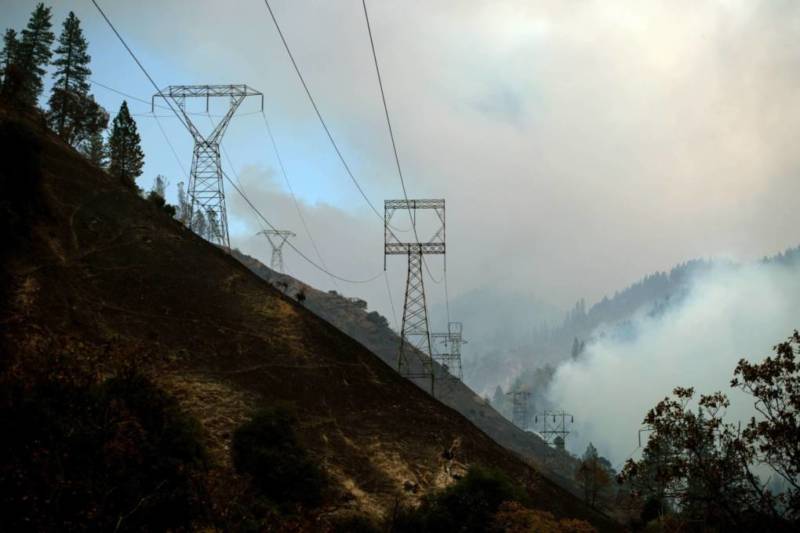State public utilities investigators say that PG&E overlooked critical maintenance problems on the high-voltage power line that sparked last year's devastating Camp Fire in Butte County — a failure they trace to years of inadequate inspections and maintenance of the line.
The newly released report from the California Public Utilities Commission's Safety and Enforcement Division said PG&E's lapses included a long-term failure to perform a close-up inspection of the transmission tower where the fire began — despite indications of possible problems there.
A Cal Fire investigation found that a "C-hook" connector on the nearly century-old tower snapped the morning of Nov. 8, 2018, allowing an electrified cable to swing against the steel structure. The resulting arc provided the spark that touched off the blaze, which killed 85 people in and around the town of Paradise and incinerated nearly 14,000 homes.

